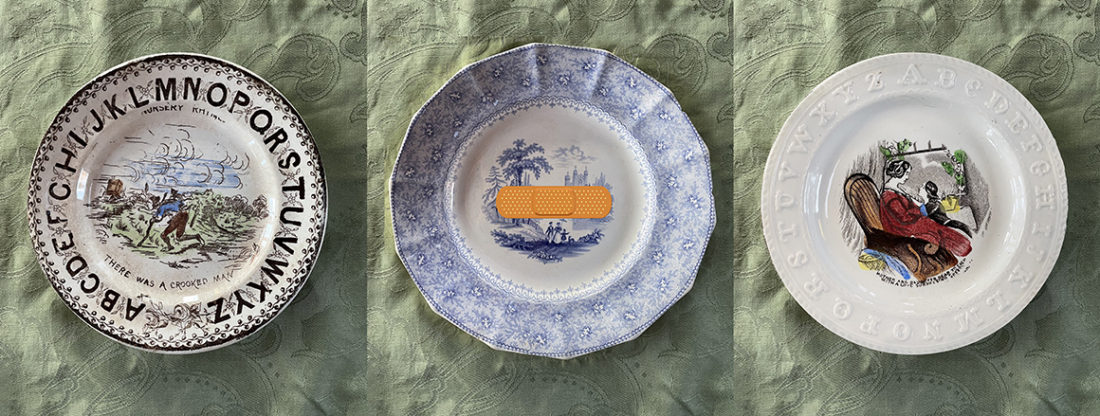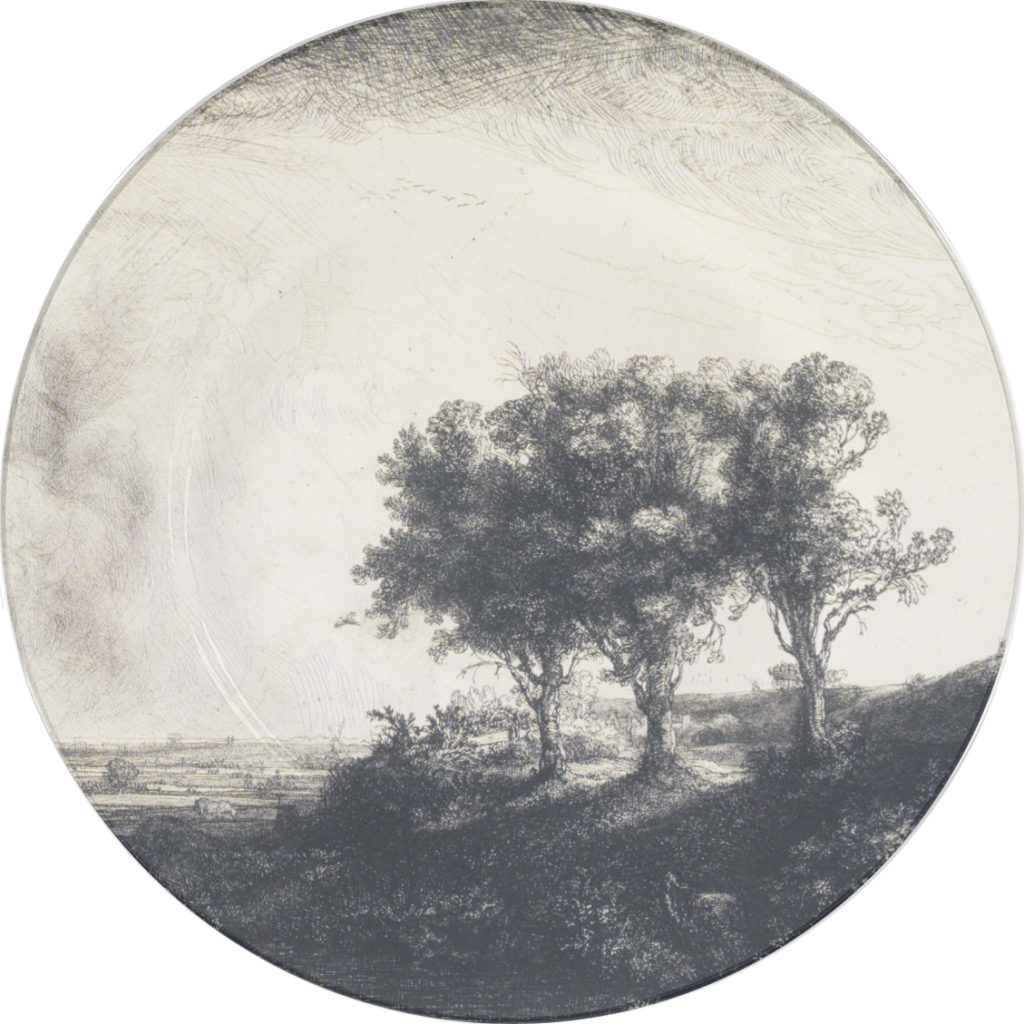Like compliant zombies, each of my daughters listens to my firm instructions and leaves her bed to shuffle into mine. They know this thunderstorm drill. They know how much I fear the menacing tree that hangs over their bedrooms; it is by no means the first time my hypervigilance has forced them out of their dreams.
They burrow under my comforter. I feel somewhat better. Maybe I’ll be able to fall asleep. It’s not often that I get them this close to me anymore. They are old enough now to sit with their nightmares for a bit before seeking me out for comfort.
It’s early spring 2021. Still cold. The windows are closed. In the summer, the fireworks and gunshots keep me awake. Not that I can easily tell the difference. There was a time when I didn’t hear it—or maybe I didn’t listen for it. But once you tune in, it’s hard to tune out. I don’t know if it is the same in other cities with as much gun violence, but here in Philadelphia, you can live, like I do, very close to violence and yet remain mostly untouched by it. I wouldn’t have to drive more than five minutes to find myself on a corner where people are often in danger, but I never feel scared about getting shot. Almost never anyway.
Five hundred people were killed in Philadelphia in 2020. Forty children have been shot so far this year.
Today, I had writing conferences with students. Conferencing in the virtual world is confusing. On the one hand, there is a new, pandemic-driven teacher-student intimacy we are all getting used to. Although most students keep their cameras off or blur themselves in one way or another in these meetings, there is this closeness of the Zoom room. It’s so quiet, and, we are, kind of, in each other’s homes. There aren’t many distractions. In my real classroom, we would be flanked by talking students and interrupted by announcements and requests for hall passes. I would have one eye on whatever else was happening around us. But here, I can really focus.
On the other hand, when we are in the building, where I have better access to their faces and body language, I can get a feel for how safe a writing venture may or may not be.
See, writing class is not always safe. This is not specific to my teaching context at all. If you take any random group of literate people and invite them to tell their stories, you’ll have quite a few who would want to write about things that hurt—because things that hurt often have so much to do with who we think we are. And, at the end of the day, most people do want to be seen and known.
So, after many years of inviting adolescents to tell their stories, I am used to conversations about how to write about trauma. But without the physicality of the classroom, it’s hard to know how to guide a student in the process. In real life, I can usually tell when a wound is far too fresh for it to be a safe topic. Sometimes I notice such urgency. I’ve learned that in such cases, no matter what I say or don’t say, the student will write the story. Sometimes I can tell that a student wants permission to write something real. They want to understand and trust my invitation. Are you sure you just don’t want me to write about my trip to Atlantic City or how much I love my cat? they seem to be asking. Do you really want to know the real me, the part that hurts?
But today’s conferences weren’t about personal narratives. In fact, I had decided to get away from invitations to authenticity in the virtual world because I’ve felt way too nervous. Kids are so stressed right now. I don’t feel like I can keep things safe. If a child decides to write about wanting to harm himself, there is no guarantee that I will be able to connect him with support. In normal times, because I have been doing this for so long, I feel able to manage this delicate project of allowing space for vulnerability in the classroom.
So, this time, for the three-minute speeches I assign each year, I encouraged students to do outer world research rather than investigations of their hearts. There were multiple projects on police brutality, immigrants’ rights, and anti-Asian violence, all topics my students can connect to in personal ways, but I didn’t encourage the anecdotes about how the police harassed their fathers, how their mothers fear ICE, how their grandmothers died of COVID, or how they are struggling with depression. I stressed logos over pathos because it just didn’t feel safe.
I don’t feel safe.
It’s not the monster tree that has me awake. I had ten conferences today. Two boys told me that their brothers had been killed. One brother was killed last week. The other had been killed two months ago. How would I have known why his grades and attendance were slipping without this conference? I think to myself. One of the boys wondered if he should do his project on gun violence. I did not know how to answer.
On the one hand, these stories, which are not at all unfamiliar to me, are, in the virtual world, disembodied tales told to me by blurred faces. They feel in some ways farther from me than ever before. On the other hand, I can see the cracked plaster here and the cluttered dresser there, and it begins to feel like my own walls are closing in.
While I am grateful that I have the bed and blankets to keep my girls safe, it’s not enough to put me back to sleep.

